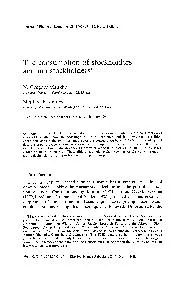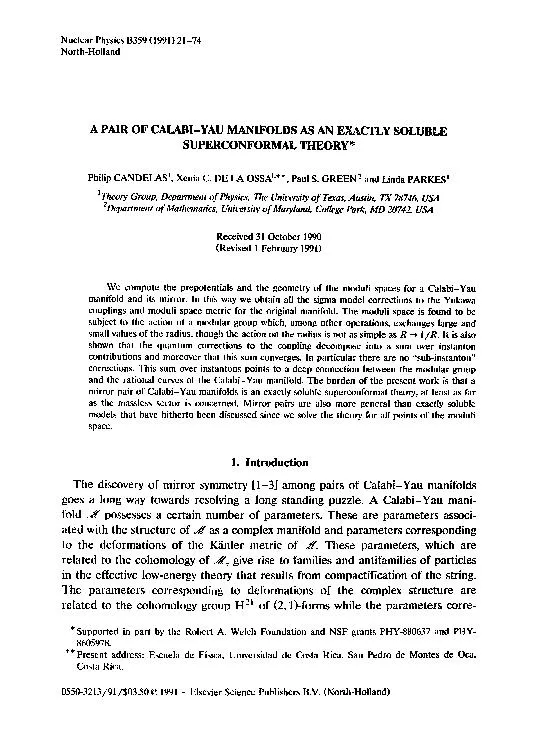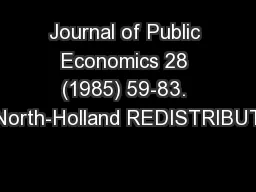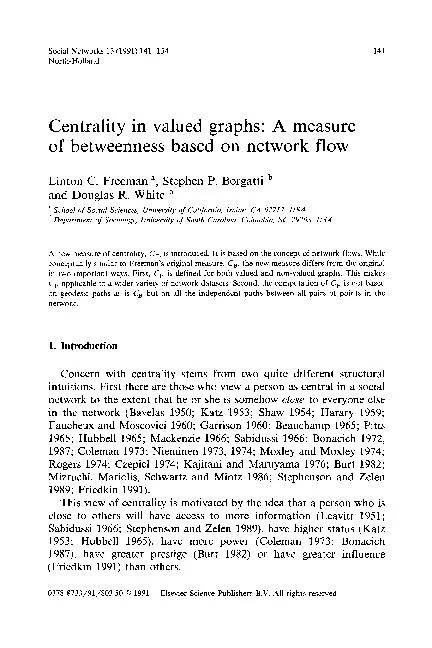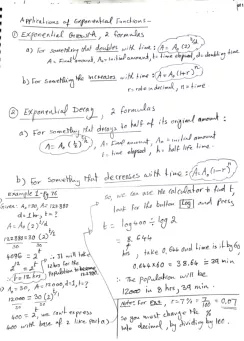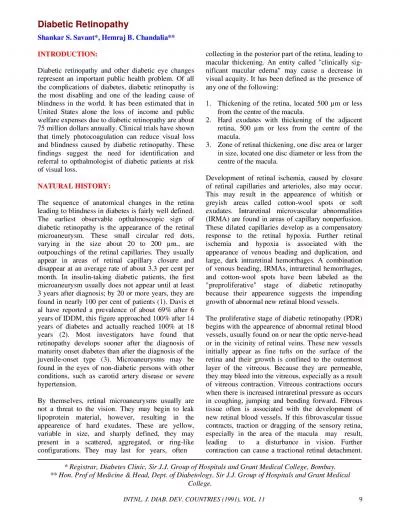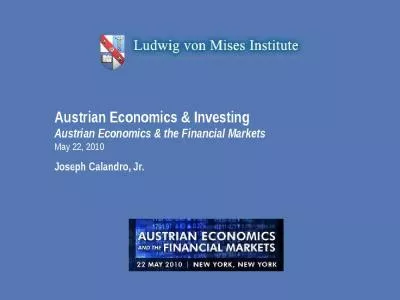PDF-Journal of Financial Economics 29 (1991) 97-111. North-Holland The con
Author : mitsue-stanley | Published Date : 2015-11-02
weight of the avaiable evidence is that the standard model appears not to describe adequately the data on consumption and stock returns One of the most prominent
Presentation Embed Code
Download Presentation
Download Presentation The PPT/PDF document "Journal of Financial Economics 29 (1991)..." is the property of its rightful owner. Permission is granted to download and print the materials on this website for personal, non-commercial use only, and to display it on your personal computer provided you do not modify the materials and that you retain all copyright notices contained in the materials. By downloading content from our website, you accept the terms of this agreement.
Journal of Financial Economics 29 (1991) 97-111. North-Holland The con: Transcript
Download Rules Of Document
"Journal of Financial Economics 29 (1991) 97-111. North-Holland The con"The content belongs to its owner. You may download and print it for personal use, without modification, and keep all copyright notices. By downloading, you agree to these terms.
Related Documents

